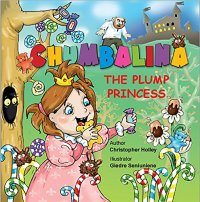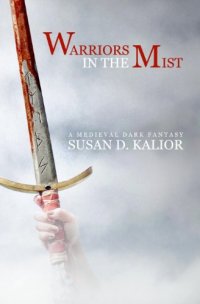First words flash cards- animals name
Glenn Doman’s flash teaching method helps to develop the right brain, helping him to develop his or her speech language, complementing the rich vocabulary. In addition, teaching flash cards helps children to remember and read early to create a passion for reading from the baby, access to the treasure of knowledge giant human. Science has demonstrated that the brains of infants from 0 to 3 years of age have the ability to receive infinite information including information without typical logic as spoken language.
HOW TO TEACH YOUR BABY TO READ WITH FLASH CARDS?
The best time to start teaching your baby to read is between the ages of 3 months and 3 years old. The younger a child is, the more quickly they can learn to read. We recommend starting at 3 months old because the child’s visual pathway is developed by that time. Now they can focus clearly on the words being presented. It is also an ideal time to start because babies are not very active at this age making them ideal students. Children that are 4 years old may still learn to read using this method, but they will not learn as quickly as the younger child. By 5 years old, a child is better off learning to read with a phonics-based system. It is easier for children to learn to read as babies than at any other time. Due to their rapidly developing brains, they are able to learn to read in a more efficient manner than older children. Children’s brains are wired to learn language (whether spoken, written, or sign) in infancy. This makes it easiest for them to learn to read during these early years. Reading is one of the most important skills a parent can give to their child. Many children who only know the alphabet when beginning school struggle with reading. Babies are born intellectuals. They want to learn everything! This makes reading a form of play for babies. By teaching babies to read, we give them a permanent advantage over peers taught at a later age. When we teach our babies to read we are giving them the keys to all future knowledge.
Tips:
– Attitude: Starts off with excitement: Parents and children get along as fun as starting a game.
If parents or children are not happy then stop.
– Time: when the child is most comfortable. If the child is hungry, tired, uncomfortable, etc., then stop, do not learn
– Always stop before the child wants to stop. Learning enough times then the child wants to learn more or not.
Let the excitement go tomorrow.
– Inspirational tone.
– Action: take your child fast to maintain interest, but pay attention to keep the tone of nature, inspirational,
do not turn into a machine. Each card only gives less than 1 second.
– Work with 5 words of 1, after 5 words, embrace your child and praise your children, very excited.
After each change must change the card order.
– To stay motivated: Design a fun and fit program that is not overwhelmed and full of expectations.
Should be close to the practical knowledge, should teach every day. The new material suits the needs of the child.
Interactive ways to attract.
– Always keep an eye on your child’s attitudes and moods.
– Space learning: little dispersion factor: toys, sounds, images, etc … best is a vacant room, nothing.
– Give the card higher reach of the child. Not described,
not meticulous.
C A T S: 100 INTERESTING FACTS (100 Interesting facts By Samson penkar)
Menosaurs - Tyrannosaur Droid Boy: Tyrannosaur Droid Boy
Too Awake to Sleep : A Fun Christian Children's Book Teaching Kids Ages 1-7 to Ask God to Help Them ...
Reviews:
No reviews yet.
Third Party Reviews:
No reviews yet. Why not link one?
You can suggest a blog review here
<< Next post in Archived Books
Previous post in Archived Books >>
2017-07-08











